(Virgo Lactans)
Oil on copper with gold trim
Flamish School
17th century
Original gilded frame
Copper cm. 14x18 frame18 x22
Very good condition
This small oil painting on copper depicts the Virgin holding the Child in her arms and offering him her breast to breastfeed him. His face is turned upwards and he meets the gaze of the Mother who lowers her eyes in a tender maternal contact.
The Madonna del Latte, in Latin Maria lactans or Virgo Lactans, is a very significant and recurring Christian iconography in ancient painting and of great interest to any collector of works of art. It is part of the so-called "Marian iconography", that is, the one that includes all the sacred representations that have the Virgin Mary as the protagonist.
With very ancient origins, coming from Eastern culture and also included in the Orthodox context, the representation of the Madonna breastfeeding the Child has undergone numerous variations over the centuries, taking on different meanings depending on the period and the culture of the places of belonging.
Precisely in the West, the Madonna del Latte has undergone a significant change, abandoning stylised representations to embrace a greater naturalness of the figures and poses. The figure is no longer captured in a frontal and hieratic way, and an affectionate game of glances is established with the Child, just like in the work in question.
The Counter-Reformation and the decline of iconography
The Council of Trent, begun in 1543, with the decree: "De invocatione, veneratione, et reliquiis sanctorum et sacris imaginibus" defined the position of the Church regarding devotional iconographies.
Among the purposes of this decree was the desire to avoid images of a sensual nature or perceived as such by the morality of the time. The Tridentine Catholic Reformation included among these inappropriate images, which were believed to be able to mislead the faithful, the representations of Mary with her breasts uncovered because they were accused of distracting the faithful from prayer. The bishops were given the task of evaluating the various representations and deciding whether they should be retouched or removed. In the diocese of Milan, it was Carlo Borromeo in particular who found these images, which were widespread in Brianza, inappropriate, and in many cases he had them covered with retouches. Some churches dedicated to the "Madonna del latte" changed their name.


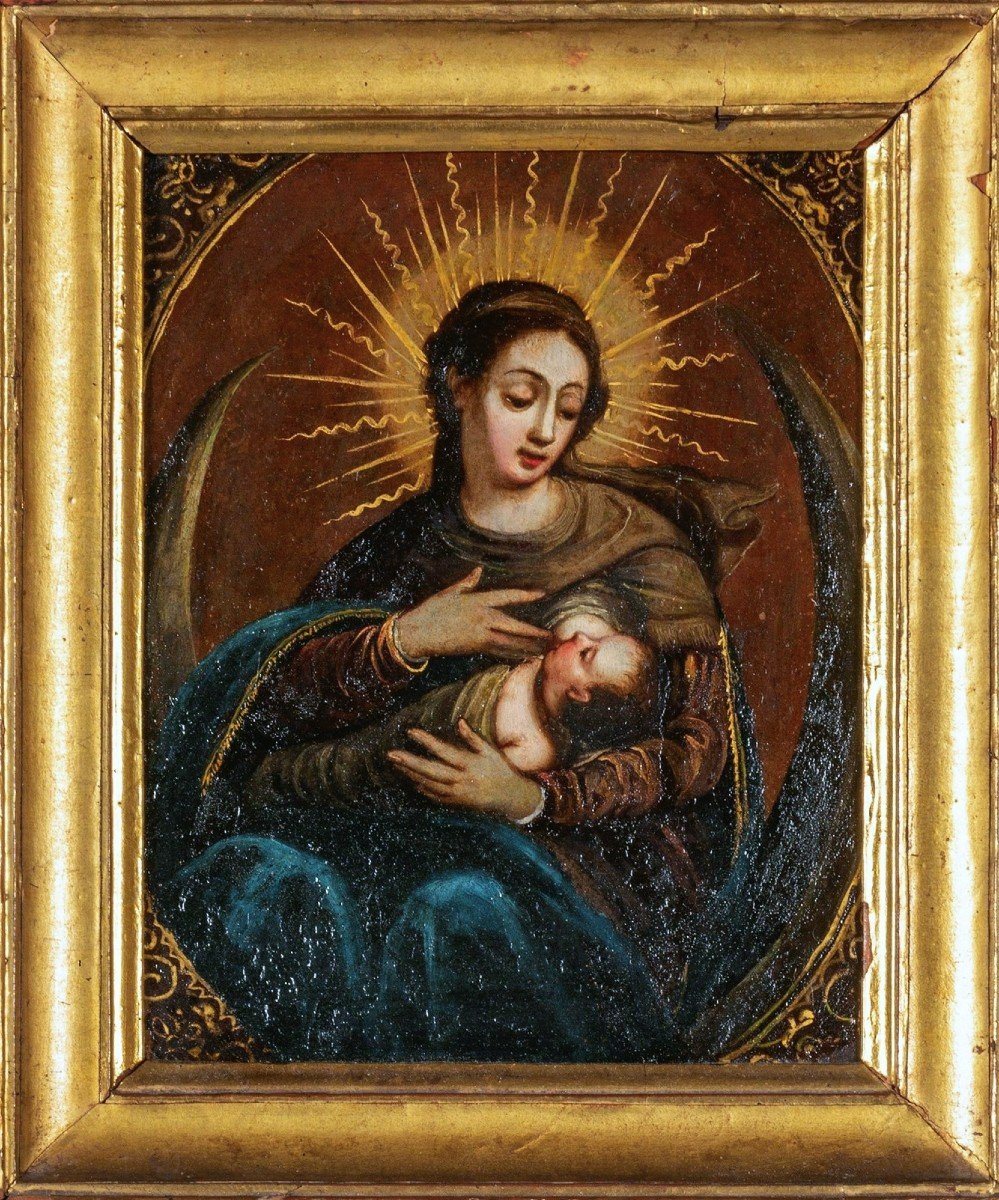

















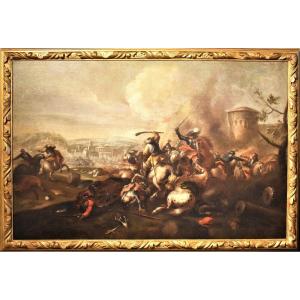




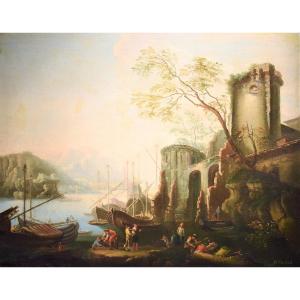


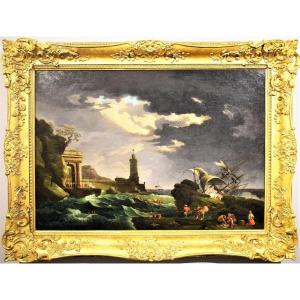


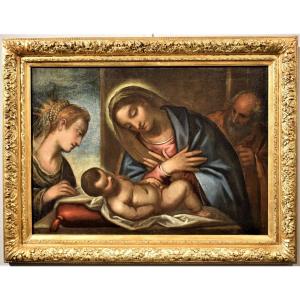

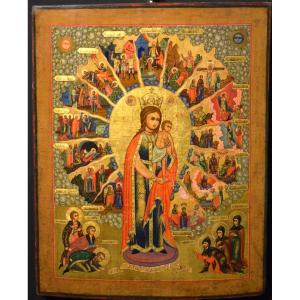








 Le Magazine de PROANTIC
Le Magazine de PROANTIC TRÉSORS Magazine
TRÉSORS Magazine Rivista Artiquariato
Rivista Artiquariato